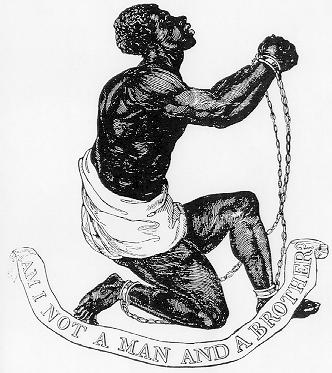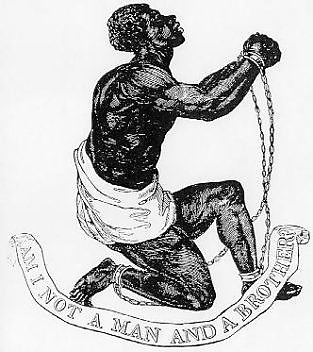Want a real-time snapshot of the current state of your content marketing? Just point your smartphone at the face of an account director and shoot.
Take one after the call to sign off a six-month content strategy. Beaming champagne smile. Take the next one after the 11th round of changes on a delayed web project with five baying stakeholders. Chattering nicotine teeth.
Serving accounts is like walking in the Highlands: it rains while the sun shines. But when you find yourself talking about the same stuff every day. It usually means a pattern’s emerging. And we’re seeing one now.
Getting a content brand off the ground, I’m surprised to announce, is harder than Mike Tyson’s diamond chainsaw.
The Rise of the Content Brand
A commitment to content marketing will create demands that many brand teams struggle to understand. It’s not their fault. But, if you’re not careful, they’ll stand between you and your goals.
A core brand (if strictly enforced) often strains to illustrate the subjects you want to explore.
The answer seems simple: update your brand guidelines by creating a section on how to manage content. But it’s a tough nut to crack in a world where brand management is already a hair-pulling, complex task.
A great content brand should be consistent with a core brand (never rogue), but there are some difficult to reconcile nuances.
So how can we get a well-planned content brand that doesn’t feel like a challenge to the big brand?
Establishing the Need
We need to start by showing why we need for a content marketing brand (for the company and its customers).To do it I’m going to take Doug’s advice and steal inspiration from one of my heroes and apply it to our world.
William Wilberforce led the campaign to abolish slavery in the UK. Its success is a modern no-brainer, but judged by the thinking and interests of the day, it was a Herculean achievement that took the best part of a lifetime.
The campaign succeeded because it attacked the subject by challenging received wisdom. This image (designed by the potter Josiah Wedgewood) is the most famous piece of surviving content because it showed the moral and physical reality of slavery. It won hearts and changed minds.

It’s not about how abolition works: it’s about why abolition is needed. Ask yourself if it would have worked as well if it had to:
– Convey a positive message
– Show a person smiling
– Focus on the solution rather than the issue
– Use a soft Wedgewood blue
It’s not going to have the same impact is it? And neither would the fantastic, heartbreaking slaveryfootprint.org, still striving to deal with the same issue today.
These campaigns understand a key thing: the problem has to be defined before a solution is sought.
While your goals are unlikely to be this extreme, the principle remains; if you can’t flex to handle big subjects, you won’t change hearts or minds. And that’s what every content marketing brand needs to do.
Communicating the Need
The next focal point is communication. While challenger companies have grown on the back of their content brands, the process for some established names has been slower.
We’ve been a bit guilty of getting our heads down to create content in isolation without consulting brand teams.
It’s a mistake. It has a huge impact for brand teams and they should be involved from the beginning to understand every project’s goals, but also to provide input, guidance and expertise. Maybe even drive the project.
As commitments and budgets in content marketing grow, its impact on a company’s total brand becomes more significant.
Skipping the step might mean getting to output quicker but generally slows down approvals and sometimes leads to lengthy and unnecessary rework.Right now it’s hard work to get a content brand off the ground. A little bit of education and teamwork will go a long way to making sure it becomes the success we all want it to be.

Enjoyed this article?
Take part in the discussion









Comments
There are no comments yet for this post. Why not be the first?